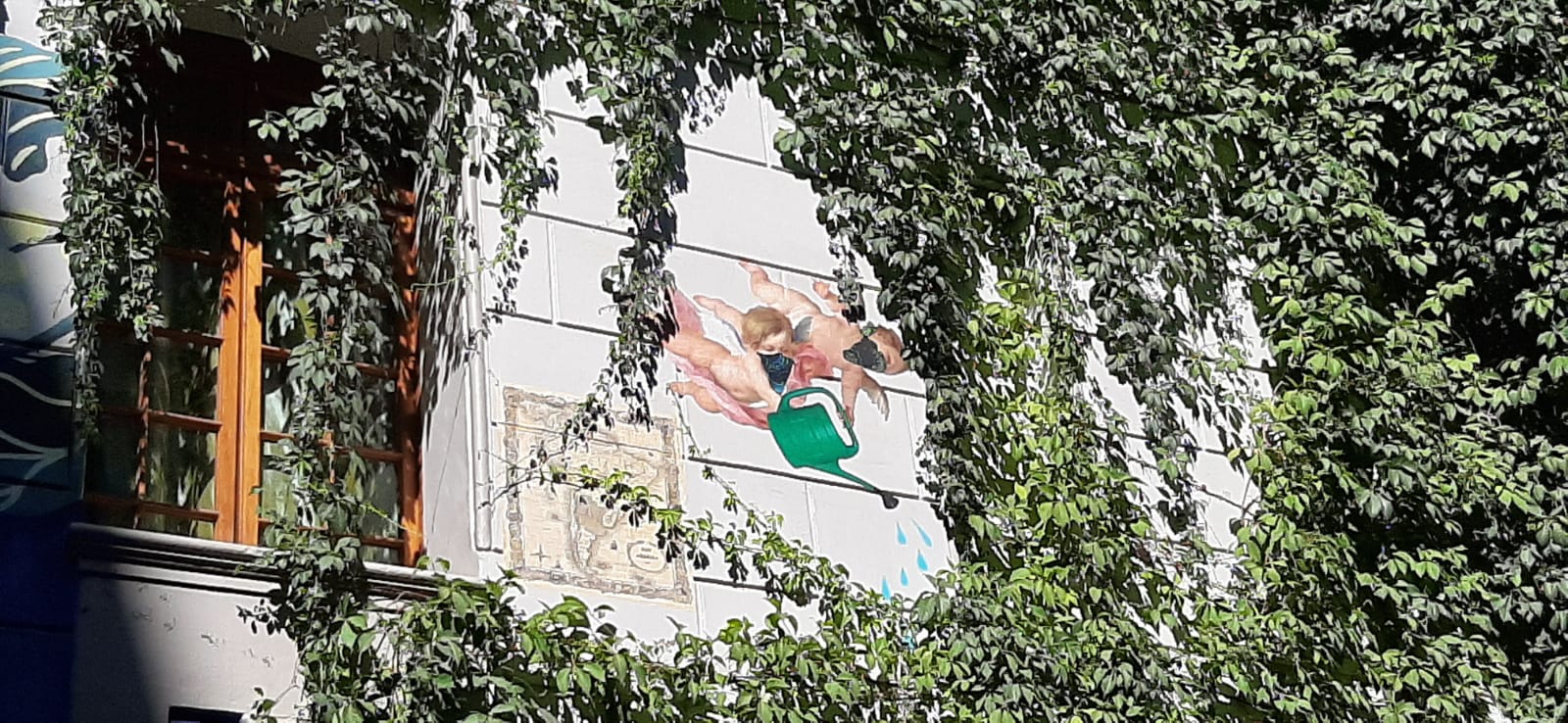
Sonja’s greetings from Santiago, Chile
K: So the only thing you needed was that feeling of “I have to pee” and there you were: outside. Everything used to happen outside. A: And, and and there was the smell and the sound. K: Yeah. A: But nowadays there is no smell in the bathrooms […] K: Mm. K2: Mm. K: They […]
An appetizer: The making of (and a sneak preview of) ‘Senses of Cities’
While definitely a pleasant task, editing a volume is, probably for anyone, also a challenge, regardless of his or hers previous experiences with such projects. Nevertheless, the challenge is particularly, well, challenging, if you are – to use the only expression proper for blog – a noob, “fresh.” Like me. Or Sandi Abram, my colleague […]